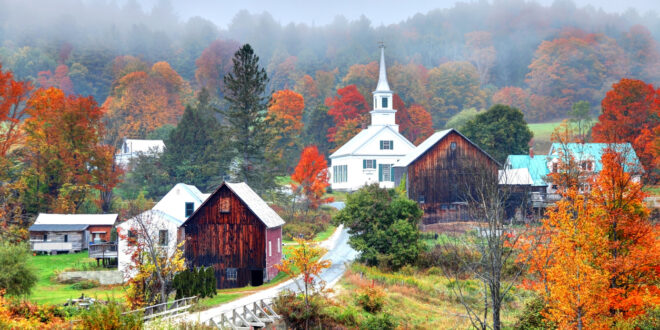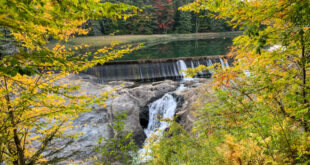Ah, Vermont! The Green Mountain State, where verdant peaks meet picturesque valleys, and where world-famous maple syrup flows like liquid gold. When it comes to visiting this bucolic northeastern state, one of the most common questions tourists ask is, “Do I need to rent a car?” Given Vermont’s semi-rural nature and its scenic routes, the answer isn’t as straightforward as you might think. In this article, we’ll explore the pros and cons of renting a car in Vermont and offer alternatives for those who’d rather leave the driving to someone else.
The Argument for Renting a Car
Freedom to Explore:
Vermont is all about quaint towns, scenic byways, and hidden gems. With a rental car, you can go wherever you please, whenever you please. Whether it’s the Ben & Jerry’s factory in Waterbury or the beautiful vistas of Mount Mansfield, having a car means you’re not tied to schedules. Make sure to check out car rental in vermont.
Cost-Effective for Groups:
If you’re traveling with family or friends, splitting the cost of a rental can be more economical than buying individual tickets for public transportation or relying on rideshares.
Limited Public Transport:
Outside of the larger towns like Burlington or Montpelier, public transportation can be scarce. A rental car ensures that you aren’t stranded or limited in your exploration.
Experiencing Scenic Routes:
Some of Vermont’s best attractions are its roads, like the world-renowned Route 100. Driving allows you to experience these picturesque routes at your own pace.
The Downsides to Renting a Car
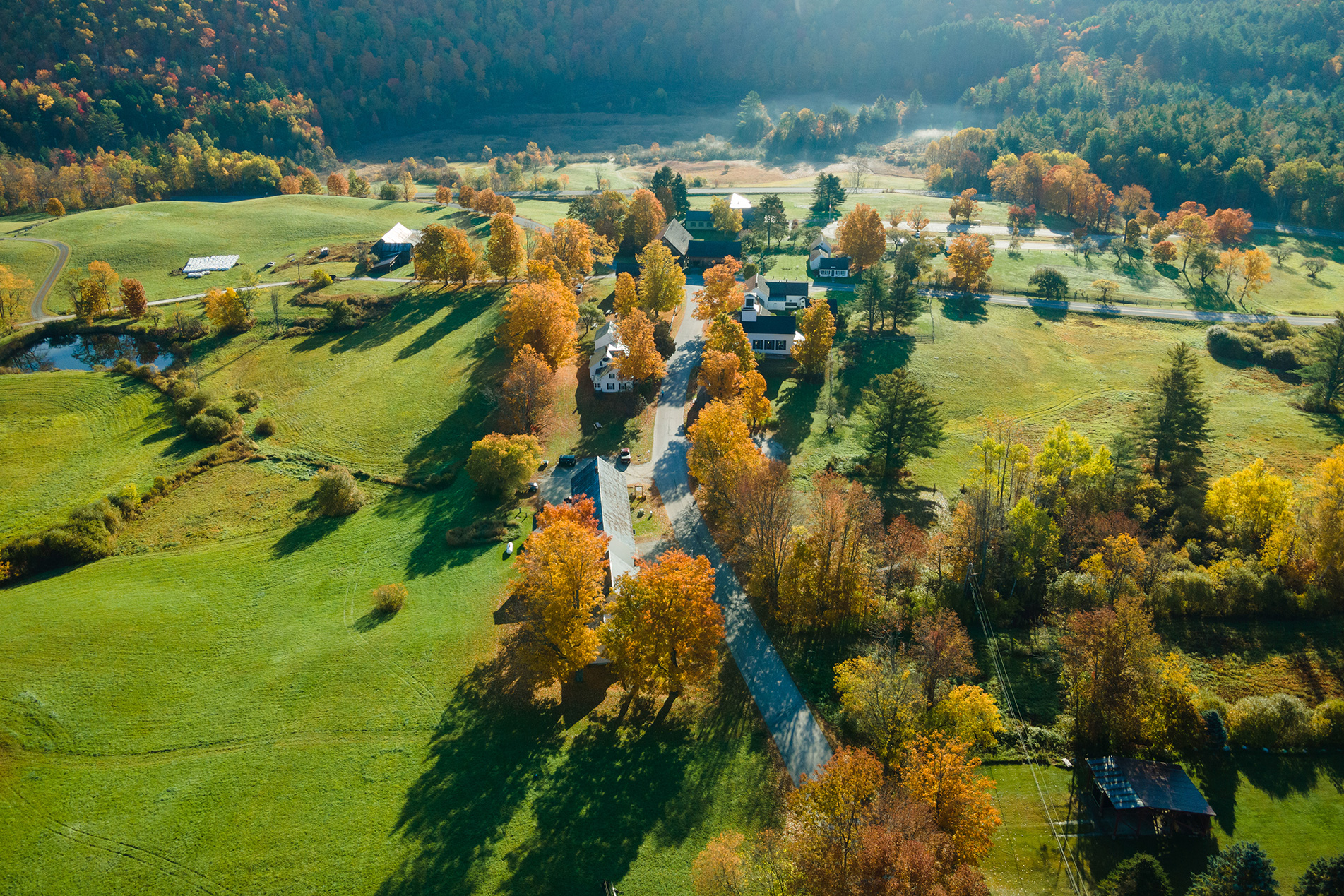
Environmental Impact:
If eco-tourism is high on your agenda, it’s worth considering the carbon footprint of a rental car, especially if you’re traveling solo or as a couple.
Parking and Navigation:
Some of Vermont’s most popular destinations, like Burlington, can have limited parking during peak seasons. Additionally, while driving in Vermont is generally easy-going, winter conditions can be challenging for those not accustomed to snowy roads.
Cost:
The daily rate, insurance, gas, and parking fees can add up. If you’re staying in one city or town and don’t plan on exploring far and wide, it might be more cost-effective to explore alternative modes of transport.
Alternatives to Renting a Car
Public Transportation:
While Vermont’s public transportation system isn’t as extensive as urban hubs like New York or Boston, there are options. The Green Mountain Transit covers Burlington and its surrounding areas, while the Vermont Translines offers intercity routes.
Bicycling:
Given Vermont’s nature-friendly ethos, it’s no surprise that bicycling is popular. Especially in places like Burlington, bike rentals are readily available, and the state offers numerous bike-friendly routes.
Rideshares and Taxis:
Companies like Uber and Lyft operate in Vermont, particularly in the more populated areas. They can be a viable option for short distances or when public transport isn’t available.
Tour Buses and Group Excursions:
If you’re keen on seeing the major sights without the hassle of driving, numerous tour companies offer excursions ranging from maple syrup factory visits to fall foliage tours.
Tips for Those Who Decide to Rent
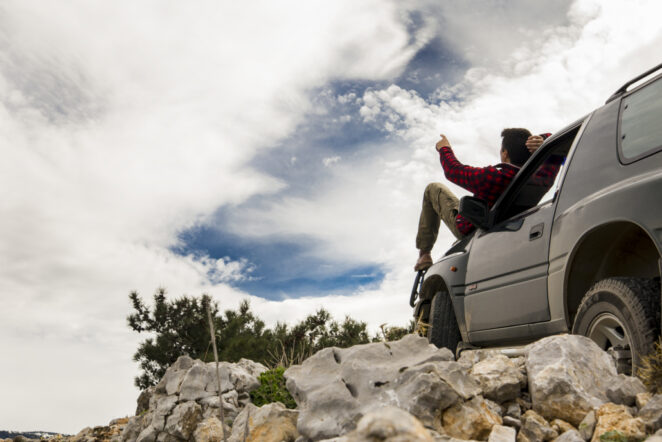
Winter Preparedness:
If you’re visiting in the winter, ensure your rental is equipped with snow tires and that you’re comfortable driving in snowy conditions.
Book in Advance:
Especially during peak seasons like fall, rental cars can be in high demand. To get the best rates and ensure availability, it’s wise to book as early as possible.
Understand the Insurance:
Always familiarize yourself with the insurance options. Consider factors like your own car insurance coverage and credit card protections.
Plan Your Parking:
Research parking options at your destinations. Some places offer free parking, while others might require payment or have limited availability.
Delving Deeper into Alternative Transportation
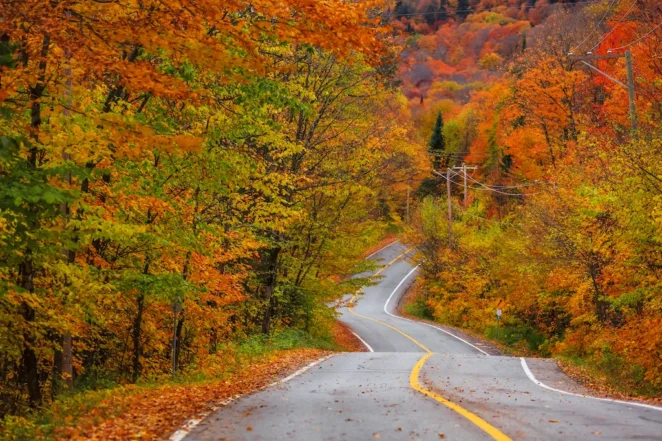
Walking Tours:
Especially in Vermont’s charming towns like Woodstock, Stowe, and Shelburne, much can be discovered on foot. Sign up for local walking tours or utilize guidebooks and apps to create your own itinerary.
Train Travel:
Amtrak’s Vermonter line connects destinations like Brattleboro and White River Junction to other Northeast cities. It’s a picturesque way to see Vermont’s landscape, though it doesn’t offer the flexibility of a car.
Car-Pooling:Connect with local communities or other travelers to explore car-pooling options. Websites and apps like BlaBlaCar or local community boards might have listings.
Seasonal Considerations
Winter:
Vermont’s winters are notorious for heavy snow and icy conditions. If you’re not accustomed to driving in these conditions, relying on alternative transportation is advisable.
Summer:
The warm months see an influx of tourists, especially in places like the Lake Champlain area. Parking becomes more challenging, and certain scenic routes can be busy.
Fall:
The foliage season is one of Vermont’s prime attractions. If you’re driving, start your day early to avoid the bulk of leaf-peeping traffic and secure prime parking spots.
Spring:
Often termed “mud season,” early spring in Vermont can mean muddy rural roads. Ensure your vehicle, rental, or otherwise, is up to the task.
Vermont’s Driving Culture
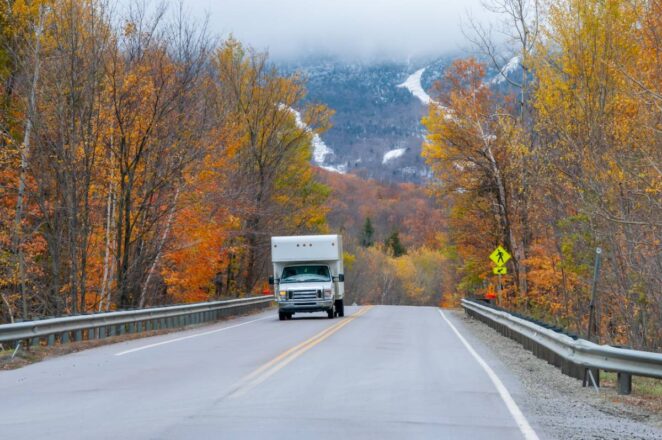
Vermonters are known for their friendly and laid-back nature, and this extends to their driving etiquette. However, out-of-state drivers should be aware of a few things:
- Respect Speed Limits: Especially in rural areas, where roads might be winding and narrow.
- Wildlife Awareness: Deer and other wildlife are common, so always be vigilant, especially during dawn and dusk.
- Local Customs: Flashing headlights often mean a courtesy “thank you” or “go ahead.” Also, don’t be surprised if local drivers offer a friendly wave.
Key Takeaways
Visiting Vermont provides a unique opportunity to immerse oneself in nature, history, and culture. Whether you decide to rent a car or opt for alternatives depends on your travel goals:
- For utmost flexibility and if you wish to explore off the beaten path, renting a car is your best bet.
- If you’re concerned about the environment, costs, or the challenges of navigating unfamiliar roads, alternatives like public transportation, rideshares, or bikes might be more suitable.
Remember, it’s not just about reaching your destination; in Vermont, the journey itself is a significant part of the experience. Whether you’re driving through a canopy of fall foliage or cycling along Lake Champlain, Vermont promises a memorable journey. Safe travels!
 Vermont Republic Second Vermont Republic
Vermont Republic Second Vermont Republic
